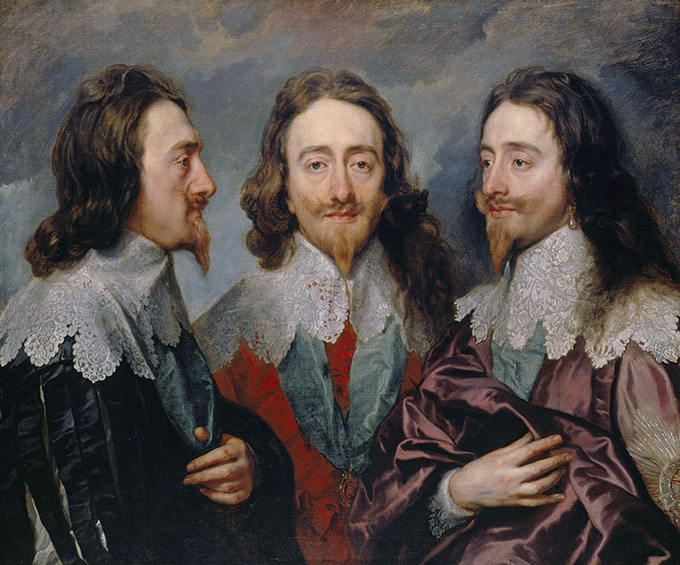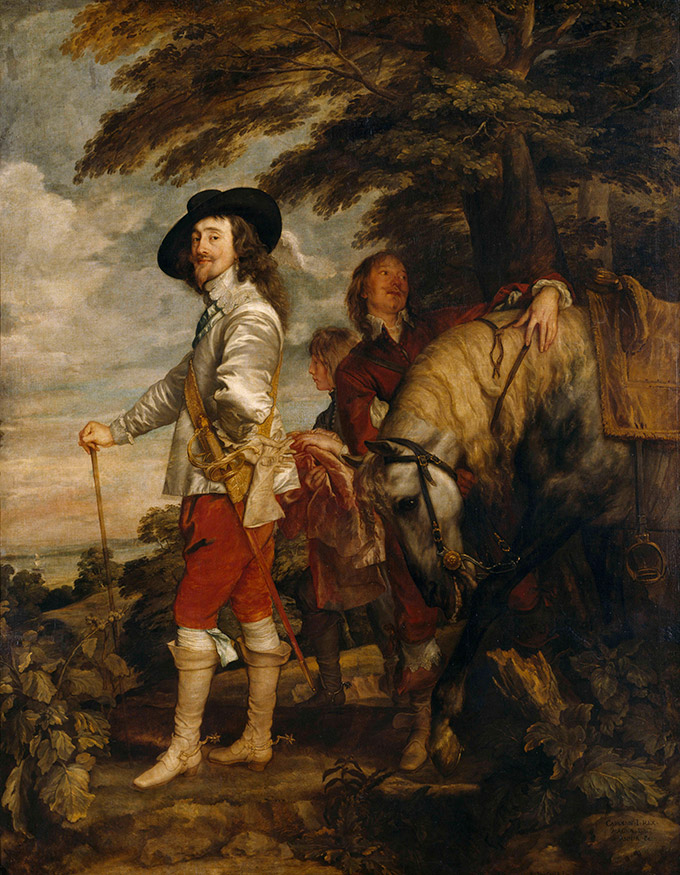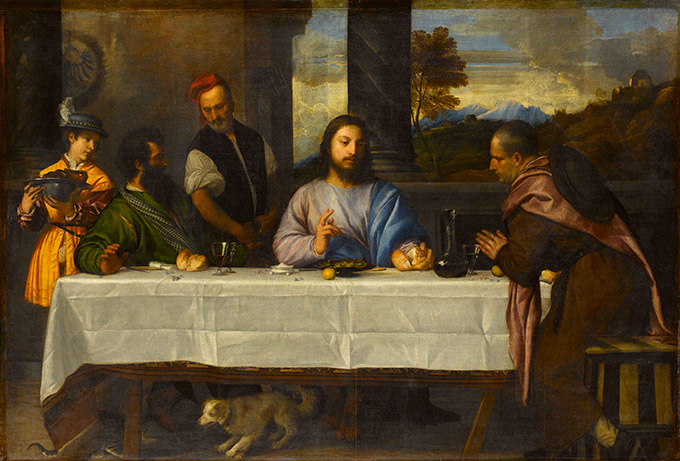
King Charles I had a huge art collection. After his execution, it was split up and sold off across Europe. Now, for the first time since the 17th-century, more than 100 paintings and sculptures are being shown at the Royal Academy in London
King Charles I’s art collection is being displayed in London for the first time since it was scattered across Europe after the English Civil War.
Paintings by Rubens, Holbein, Titian and Van Dyck will feature among 100 works in a major show at the Royal Academy. There will be Baroque paintings and classical sculptures, miniatures and tapestries.

The king, who was beheaded in January 1649 after his defeat by Oliver Cromwell and the Roundheads, amassed an impressive collection of 1,500 paintings and 500 sculptures. The artworks were sold off after his death and dispersed across Europe. His son, Charles II, retrieved some of them during the Restoration. Others remained abroad – with the Louvre in Paris or the Prado in Madrid.

Highlights of the Charles I: King and Collector exhibition include Van Dyck’s The Greate Peece (1632), Rubens’ Peace and War and Mantegna’s series, The Triumphs of Caesar (c. 1484-92). In the new issue of BRITAIN, Neil Jones notes that many of the images are especially poignant. Rubens’ Peace and War (1629-30) may have appeared to warn against permitting Anglo-Spanish relations to collapse, but it meant something quite different when Charles’s reign disintegrated into civil war. Mantegna’s series The Triumphs of Caesar (c. 1484-92) also resonated differently in light of Charles’s I execution. The king may have imagined a likeness to the power in the series, but his fate was quite different.
Charles I: King and Collector runs at the Royal Academy from 27 January to 15 April. Charles II: Art and Power at the Queen’s Gallery, Buckingham Palace runs from 8 December to 13 May 2018
Read more about the story behind Charles I’s art collection in the November/December issue of Britain magazine





 © 2024
© 2024